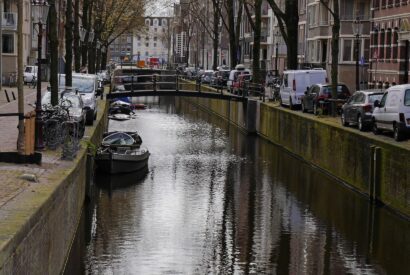What are the main effects of the textile industry on the environment?
The textile industry is one of the major contributors to environmental degradation and one of the most polluting industries on the planet. The business model is geared towards a fast-fashion market, responsible for many products ending up being discarded.

The textile industry is one of the major contributors to environmental degradation and is among the most polluting industries on the planet. The business model is geared towards a fast-fashion market, leading to a scenario where many of the products end up being discarded.

We’ve transitioned from having a few garments in our closets that were repaired, passed down, and lasted for years, to buying a large amount of clothing that only lasts us a couple of seasons. This new way of consumption has made this industry one of the most polluting in the world. According to the World Bank, 20% of freshwater pollution is caused by textile processing, and a quarter of the world’s chemical resources are used in textiles.
But what are the main environmental effects of this sector?
- Estimates suggest that to produce a cotton T-shirt, approximately 2,700 liters of freshwater are needed, equivalent to meeting the drinking water needs of a person for 2 and a half years.
- This industry is believed to be responsible for about 20% of global freshwater pollution.
- Around 10% of global carbon emissions are attributed to the textile industry.
- The most common ways of discarding clothing are through incineration or landfill deposition.
Join the future of continuous water quality monitoring


